Smoke Alarm All-Round Guide
1300 564 154
Written By Tristan Cameron
Table of Contents
It’s a requirement that every home in Australia has a smoke alarm. Your home should already have a number of them installed. If not, you’re breaching NSW laws and need to act as soon as possible.
If they’re on your property, do you know how to test and maintain them or deal with them in case of a false alarm?
We’ve put together an all-round guide to help Sydneysiders understand their obligation and how to choose them, plus some handy tips on troubleshooting and maintenance.
Smoke Alarm Laws in Sydney
By law in Sydney, you must have a smoke alarm installed on every floor of your home. This applies to owner-occupied or rental houses, apartments, caravans, basically, any structure that a person sleeps in.
A further stipulation is that the smoke alarms must be located in every hallway near a bedroom. If the bedrooms are spread out across the property, each one must have an alarm nearby. The each floor regulation applies even if there isn’t a bedroom on every one.
Smoke Alarm Options
As technology advances, so does the choice of smoke alarm. To keep it straightforward, there are two main types: ionisation and photoelectric alarms.
Ionisation Alarms
An ionisation alarm is triggered by flames. These alarms are most suited in areas like the kitchen where stove-tops can erupt or rooms with curtains and candles (a typical starter of house fires).
Photoelectric Alarms
For incidents that create lots of smoke, photoelectric alarms are more suited. A smouldering fire can burn for ages before flames appear, and inhaling smoke can be deadly.
Smoke alarms aren’t a one-type-fits-all, so you may likely need both types. The team at North Shore Electricians can advise you on which one(s) most suit your situation.
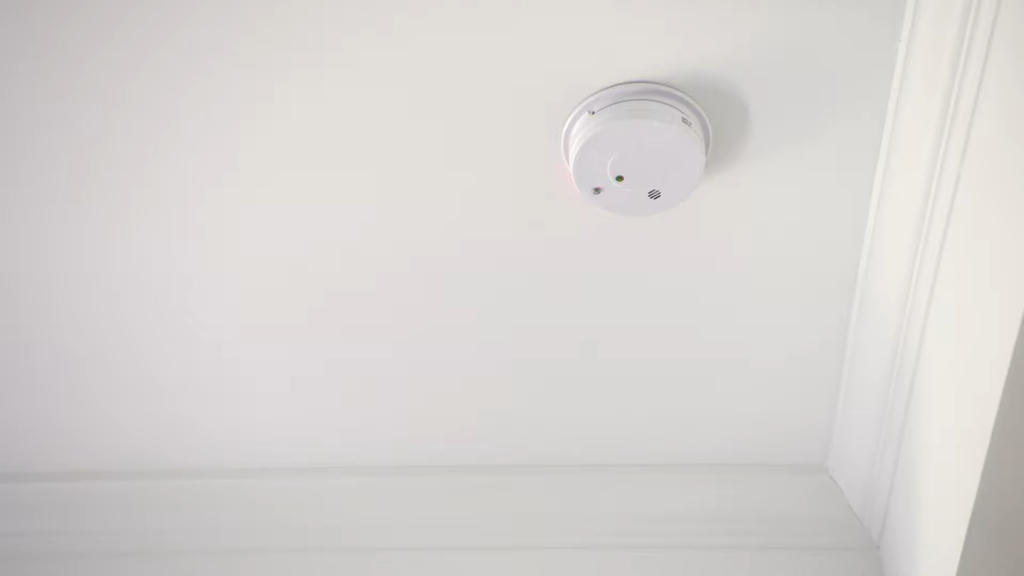
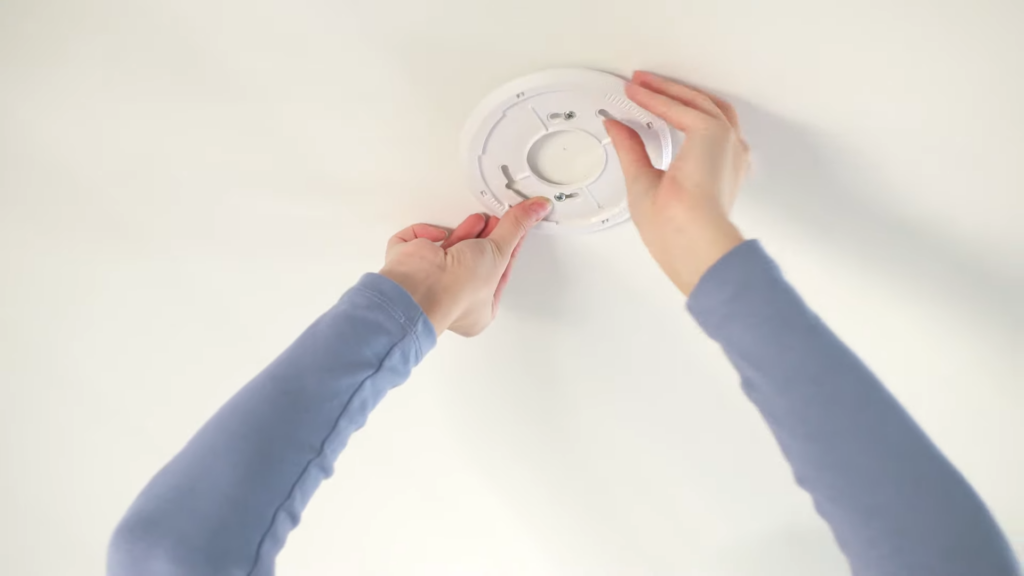
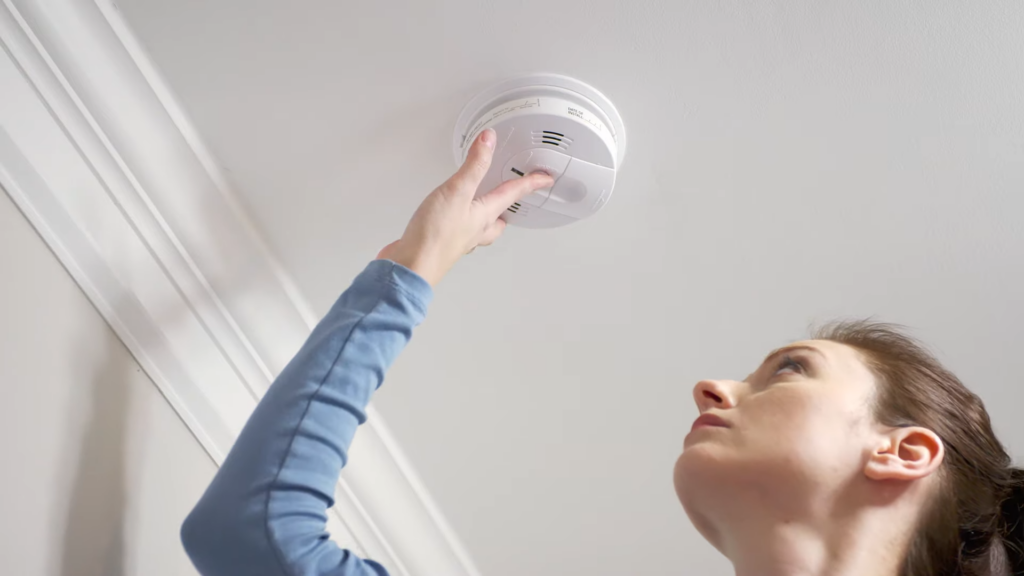
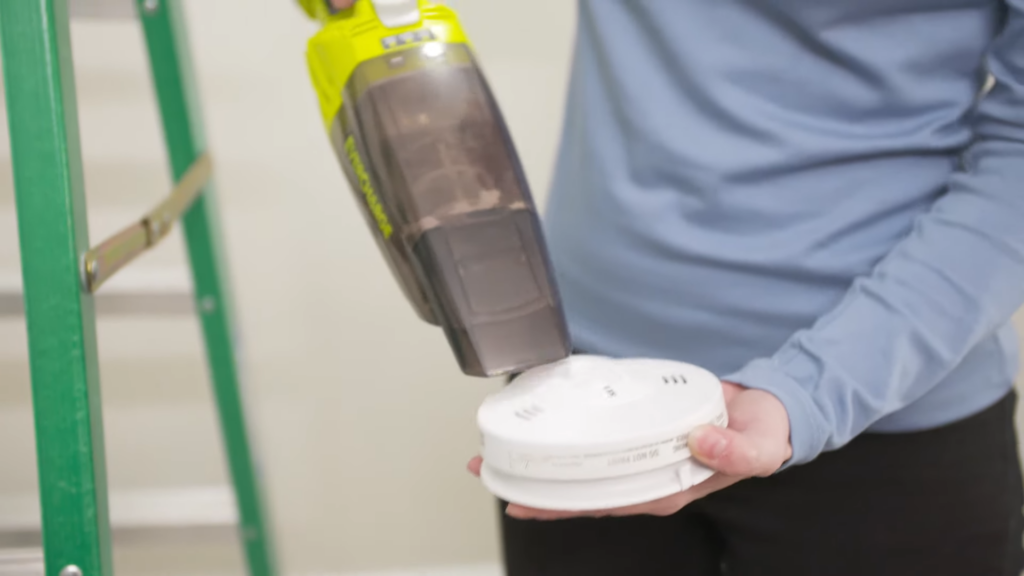
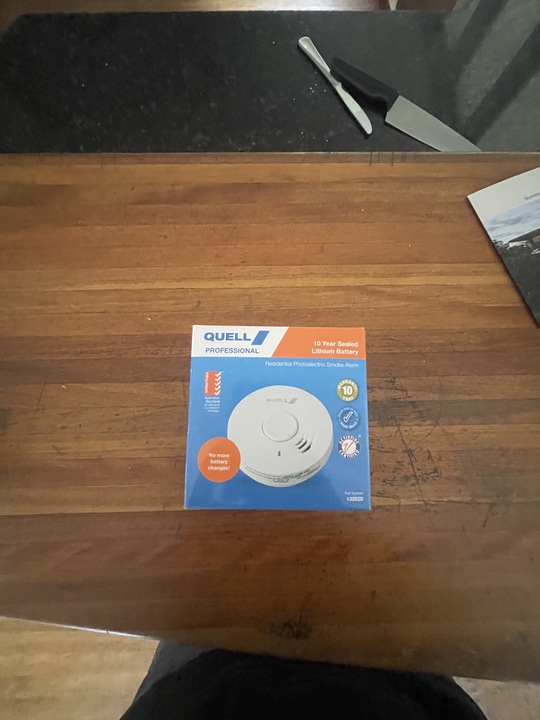
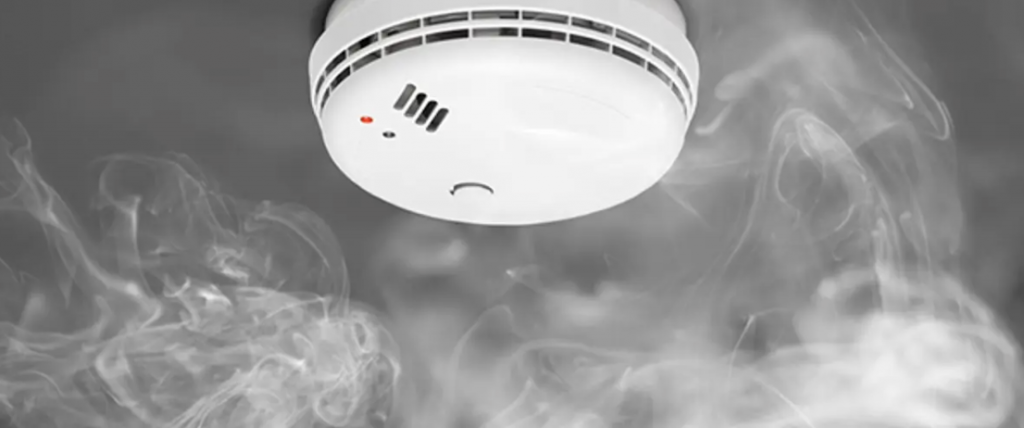
Choosing the Most Suitable Alarm
After narrowing it down to ionisation or photoelectric, there are some other choices to make before buying a smoke alarm to make things easier for you in the future:
- Compliance: most importantly, be sure it’s certified in compliance with Australian standard AS 3786.
- Buttons: for ease of use to reset or test, look for ones with clearly marked buttons on the unit.
- Battery life: standard smoke alarm batteries are usually 9-volt but need regular replacement. The alternative is a lithium battery, lasting up to 10 years.
- Extra features: based on your needs, some smoke alarms are fitted with strobe lights and vibrating panels for those who are hard of hearing.
Smoke Alarm Cost
Having a smoke alarm needn’t be an expensive option. Basic ionisation ones start at $10, and photoelectrons at $20. Smoke alarm installation isn’t costly either, and it’s a relatively straightforward process as long as professionals do it.
The best news of all is that smoke alarms are built to last, and you’ll get a good ten years of life out of them — which is when you should replace them anyway.
How To Reset Smoke Alarm
Quite often in Sydney, the NSW Fire Brigade performs hazard-reduction burn-offs. A frustrating side effect for some residents is the thick haze can accidentally cause your smoke alarm to go off.
To escape from the unnecessary beeping, you must manually reset the smoke alarm. Most units have a silencer button on the casing. Use a broom handle to press the button for 15–20 seconds until the alarm ceases.
This will temporarily stop the beeping. If, after eight minutes, the haze still hasn’t cleared, you may need to switch the alarm off. If your alarm continues to go off, there may be a fault, and you’re best off arranging a call-out from North Shore Electricians as soon as possible.
How To Turn Smoke Alarm Off
If your alarm is battery operated, rotate the unit counter-clockwise to remove the casing and then the battery. If you have a hardwired unit, you’ll need to switch the circuit off in the switchboard.
Smoke Alarm Maintenance
To ensure your smoke alarm is always in full working order, there are some regular maintenance tasks that you need to do.
Regularly Clean the Unit
Dust, dirt, and insects in and around the smoke alarm can cause it to become extra sensitive, meaning it might go off unnecessarily. To avoid this, keeping it clean is vital. Use a hand-held vacuum cleaner to clear away the dust, and spray insect repellant near the unit (not into it).
When to Change the Batteries
If your smoke alarm contains 9-volt batteries, these must be replaced every six months on average. Alternatively, your smoke alarm unit will tell you when the batteries are almost flat by emitting a beeping sound.
How To Test a Smoke Alarm
Performing a quick test once a month will ensure that it’s in proper working order. By not doing this, you risk the chance of it not going off when there is a danger.
It’s a straightforward task to complete. In the centre of the alarm is a button clearly marked ‘test.’ Press and hold it down for around 10 seconds; the alarm will sound if it’s in working order. Once you release the button, the noise will stop.
How North Shore Electricians Can Help
Testing and cleaning smoke alarms is part of our electrical inspection package. We recommend many householders do this at least once a year to ensure all their power-related fittings are in order.
If you’re yet to install smoke alarms in your new or renovated property or are looking to replace the existing ones, we can recommend the most suitable ones for your home.
Landlords, between tenants, must ensure all the alarms are in perfect working order. We can come and test all the units and present a certificate to confirm everything meets the stringent requirements of the NSW law.
If you have further questions about smoke alarms, contact one of our team at North Shore Electricians today.
